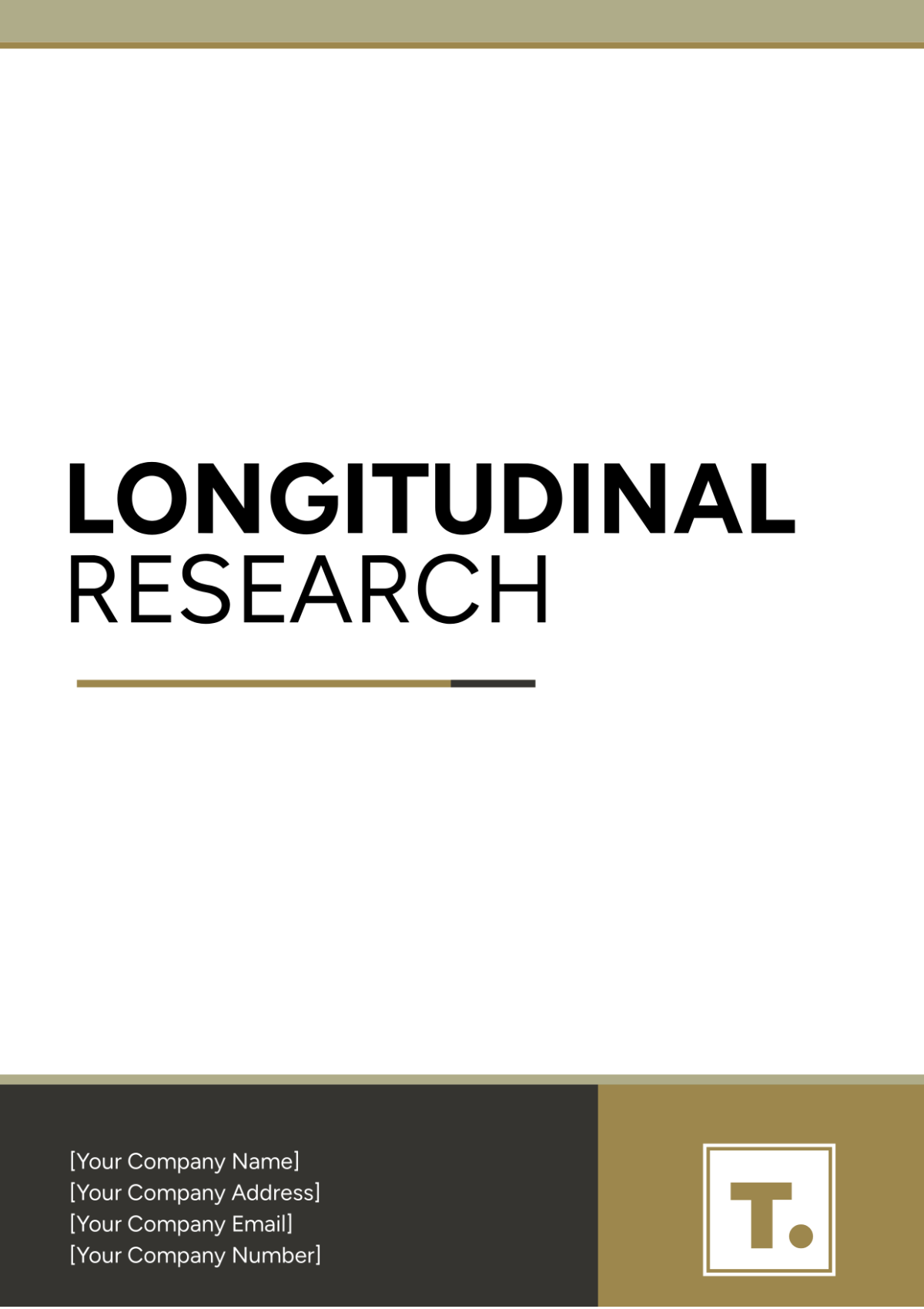Data Integration Exploratory Research
Prepared By: [YOUR NAME]
Date: [DATE]
I. Introduction
In today’s data-driven landscape, organizations grapple with the complexity of integrating data from diverse sources to form a cohesive and actionable dataset. This research delves into various data integration methods and technologies, aiming to shed light on effective strategies, identify challenges, and recommend best practices for successful integration.
II. Literature Review
Data integration has seen significant evolution over the years. Key methodologies include:
Extract, Transform, Load (ETL): The conventional method focuses on batch processing, where data is gathered over time and processed all at once, involving significant data cleaning to ensure quality and accuracy before loading it into the target system or database.
Extract, Load, Transform (ELT): The modern strategy heavily prioritizes real-time information processing and rapid, efficient adaptability, notably leveraging cloud storage solutions to achieve the necessary immediacy and flexibility.
Data Virtualization: Provides the capability to access and interact with integrated data in real-time without the need for physically consolidating or merging the data sources.
Recent literature underscores the importance of data quality, consistency, and scalability in successful integration, with a growing focus on real-time integration and cloud-based solutions.
III. Methodology
Data Sources: The research incorporated industry reports, scholarly articles, and case studies from various organizations, ensuring a broad understanding of data integration practices.
Analysis Techniques: A comparative analysis assessed the effectiveness of different data integration tools and strategies. Surveys of data engineers and IT managers provided practical insights and real-world perspectives, enhancing the assessment with both theoretical and practical data.
IV. Findings and Analysis
A. Integration Methods
ETL vs. ELT: ETL is ideal for batch processing and data cleansing, while ELT excels in real-time processing and flexibility with cloud storage.
Data Virtualization: Provides real-time access to data without physical consolidation, suited for dynamic environments.
B. Challenges
Data Quality Issues: The presence of inconsistent formats and the occurrence of incomplete data pose significant challenges and create obstacles that hinder the overall efforts to achieve seamless integration.
Scalability: Effectively handling and optimizing performance and maintaining high processing speeds become increasingly crucial considerations as the volume of data continues to grow.
Security: Ensuring the security of data and maintaining adherence to relevant regulatory standards are both crucial actions that organizations must take to effectively prevent data breaches and safeguard the privacy of sensitive information.
C. Best Practices
Standardization: To facilitate the process of integration, it is advisable to utilize widely recognized and standardized data formats and communication protocols.
Automation: Utilize and integrate a series of automated software tools and systems to enhance the efficiency of various operational processes, thereby reducing the potential for human error and ensuring a smoother, more predictable workflow.
Continuous Monitoring: Frequently observe and examine data through systematic and thorough checking processes to ensure its accuracy and consistency.
V. Recommendations
Adopt Cloud-Based Solutions: Leverage cloud platforms for scalability and flexibility, supporting real-time data processing.
Invest in Data Quality Tools: It is crucial to improve the quality of data and resolve any inconsistencies present within the data set before proceeding with the integration process.
Enhance Security Measures: Ensure the establishment and maintenance of comprehensive and strong security protocols while meticulously following and upholding all relevant data protection regulations and standards.
VI. Conclusion
Effective data integration is vital for organizations aiming to fully leverage their data assets. Understanding various integration methods, addressing challenges, and adhering to best practices can lead to more efficient and successful data integration. This research provides a solid foundation for making informed decisions regarding data integration strategies and tools.
VII. Appendices
Appendix A: Survey Questionnaire
Appendix B: Data Integration Tools Comparison Table
Appendix C: Case Study Summaries

















































